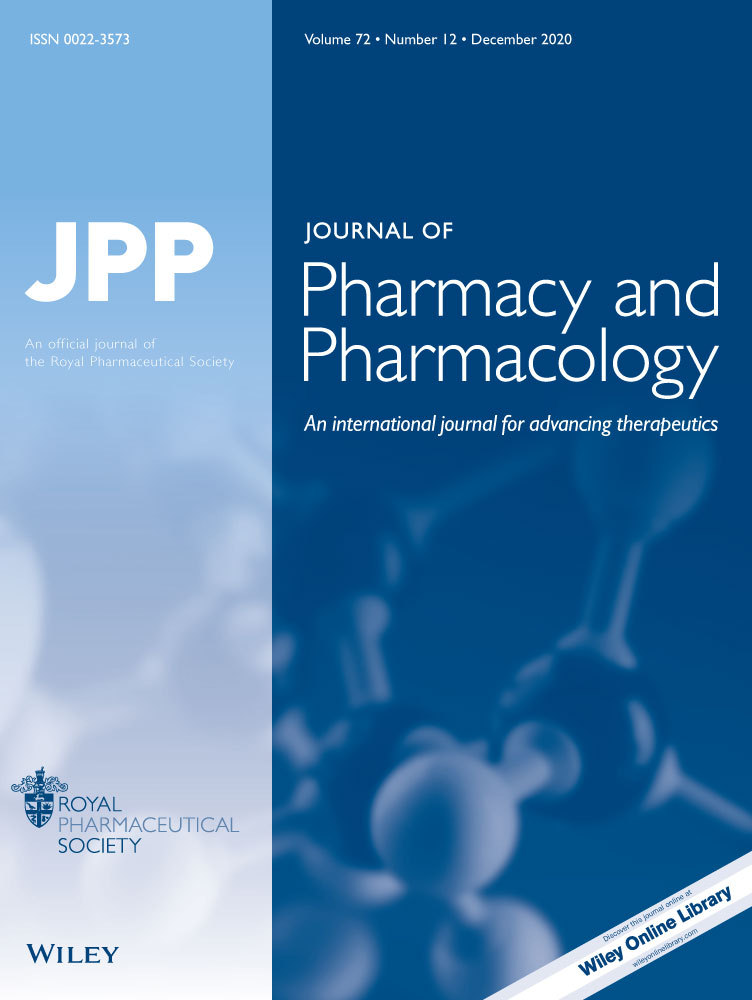Torasemide, but not frusemide, increases intracellular cAMP and cGMP content in the aorta of the renal hypertensive rat
Abstract
Abstract— Repeated oral administration of the novel loop diuretic torasemide (3 mg kg−1) and frusemide (30 mg kg−1) for 7 days, elicited a significant fall in the systolic blood pressure in the one-kidney, one-clip Goldblatt renal hypertensive rat (RHR). The hypotensive action was greater in the torasemide group than in the frusemide group. Furthermore torasemide increased intracellular cAMP and cGMP content in aorta of RHR. Frusemide caused no effect. It is hypothesized that the increase in adenosine- or guanosine-nucleotides is involved in the antihypertensive action of torasemide, but not in that of frusemide.




